Just before the pandemic I started to walk the land as a way to decolonise the way I think and see the world. The aim was to be truly present and to listen and learn from the more than human.
I have to admit I was a little sceptical at first, because my only sense of the more than human communicating with me was through a humanised perception of animism - like the Ents in the Lord of the Rings are human-like trees. It was first when I understood the trees spoke treeish, stones spoke stone-ish and the dandelions spoke dandelionish that I fully understood the power of communication and was able to truly notice and learn.
In play the world communicates with children in a very different way from what it does with us adults.
Babies for instance, things communicate with them through the language of experience and pleasure rather than words and I think the more word dependent we become the less able we are to pick up on our other senses.
Totoro, my pet rabbit, who not only listens to the world with his ears but also his nose. He is constantly making sense of the world by smelling it. The scents are telling him stories and information. He also communicates with me - soft honking and also banging things around to get my attention, as well as being very decided when he wants pets and when he wants to pet me.
“During the spring of 2021 the powers of digital communication provided me with the privilege of listening and dialoguing with Norm Leech, Executive Director for the Vancouver Aboriginal Community Policing Centre (he is from T’it’q’et, a St’at’imc Nation community which surrounds the town of Lillooet), as well asnd as Four Arrows (Cherokee/Lakota/Irish) also known as Don Trent Jacobs or Wahinkpe Topa (Four Arrows).
He spoke with me about the western worldview of the five senses, informing me that we have more senses than that, senses that connect us to the world. Risky play could be a way to access these forgotten senses—
the sense of exhilaration that allows us to connect more keenly with the world around us
the sense of joy and well-being
the sense of belonging
the sense of wonder and amazement, discovering what your body is capable of
senses that are, as yet, beyond my capabilities of comprehending what Norm talked about as we lack words to name them, senses that allow interconnectedness.
He talked about "courageous fearlessness," and this made me think of risky play in the lives of young children too. He shared with me how fearlessness comes from acting with courage and having a sense of spiritual affinity. With this he meant a trust in the universe, which I have understood his explanation as - at first we do things with courage and a sense of fear. This sense of fear prevents us from fully experiencing everything around us as the fear is such a big emotion. When we come to trust the universe (through repetition) we no longer have to overcome the sense of fear, although we still require courage, and we therefore become open to the experience--to feel the wind, hear the sounds, taste the air and see all the details that fear would otherwise veil. This leads us to become interconnected. An interconnectedness with everything - the multiple circles of dormancy, awakening, growing, life, death and decay that I describe in the Time chapter (of my book The Original Learning Approach), fearlessness lies in the recognition of these circles of interconnectedness.”
This interconnectedness is communication with the universe - like a rabbit smells the air to gain knowledge of the world, the human plays. And the younger we are the more important play is for sense-making, meaning-making and world-making. But we never stop playing, just how we play changes and the language evolves to such an extent that we are no longer familiar with the one we were once fluent in.
One of my daughters told me, when I asked her about play as a young teen, that the reason she stopped playing with her dolls was because they stopped talking with her. In play the dolls talked with her. And if we forget, as adults, this ability to listen to the language of stuff, then it becomes much harder to understand children’s play and we miss the complexity and richness as we only see actions.
Playing with stuff is a dialogue. Because when we play with something, we not only play with it in the way the object demands, but also negotiate the possibilities. Our imaginations are in dialogue with the stuff to extend what the object knows about itself. This connects with loose part theory. Objects/stuff afford many different possibilities - not all are yet known - and by offering a variety of objects the stuff begins to dialogue with each other too and the possibilities become exponential.
I reckon the majority of us will acknowledge that while at play children will make discoveries. Of course this is not the only thing that happens in play, which means not all play will lead to a discovery - this does not diminish the quality or value of the play. But the more time for play, the more potential discoveries can be made. As discoveries happen in their own time - they are not a scheduled script - children can do the same activity/play many times without discovering anything. Just as we cannot decide when we are going to understand something - we can decide when we want to learn something, but understanding happens in its own time. The universe aligns and we finally speak the language of comprehension.
“I think of the tomato plant that my husband placed on our windowsill in late spring. The warm and sunny conditions were perfect for it to grow fast. The problem was that the tomato plant put all its energy into growing tall but failed to put energy into growing strong. It did not take long before it was unable to support itself. I decided to move it to our balcony, where the nights were still a bit cool, as I had read research about how the wind made trees strong. Apparently, as trees adapt to their natural habitat, they grow strong rather than tall in very windy areas, as the wind forces the tree to expend energy to ensure the trunk, branches, and roots can withstand the windare strong and not just grow upward toward the light. I applied this knowledge to the tomato plant. It needed some adversity to grow stronger. I used supports to scaffold the plant, as it was not strong enough at first to manage alone. But after a few weeks of dancing in the wind I could see the tomato plant was now investing in strength rather than just height as the stalks grew sturdier.
As educators we need to create a habitat that allows the children, and ourselves, to grow sustainably. The system might put pressure on schools to be the fastest or the tallest or the best, but this is not always the most sustainable approach to learning, understanding, and well-being.
Had I not moved the tomato plant so that it could grow stronger, then it would not have been able to carry the weight of its own tomatoes. The balcony habitat offered the right amount of complexity that allowed the tomato plant to be autonomous, although during hot, dry weather we helped it out by watering it.
This is what we should be doing within the play-ecosystem. We create optimal habitats so the children can become autonomous in their play and learning, while remembering we need to respond to the children's interactions with each other, and the ecosystem, in order for them to grow strong. Planning challenges and adversity that provides complexity and strength is important. Equally important is understanding when there is too much adversity, and we risk uprooting or breaking the learning branches, such as when we make children learn to write before they are cognitively, emotionally, and physically ready. In reality each child is ready at different times, probably ranging from age 3 to 12. Deciding all five year olds need to start learning to write in the same month regardless of when in the year they were born, is to me highly disrespectful of not only the children but also all the researchers and teachers that are constantly explaining how children actually learn.”
Play is often a forgotten language. A way of communicating with the world that allows children to grow strong as well as tall, and to be able to carry the fruits of their own discoveries. Sadly, instead of being given time to play, children are hothoused, they are forced to disconnect with the universe from ever earlier ages because too many adults in power fail to understand the power of play.
The quotes are from my book The Original Learning Approach
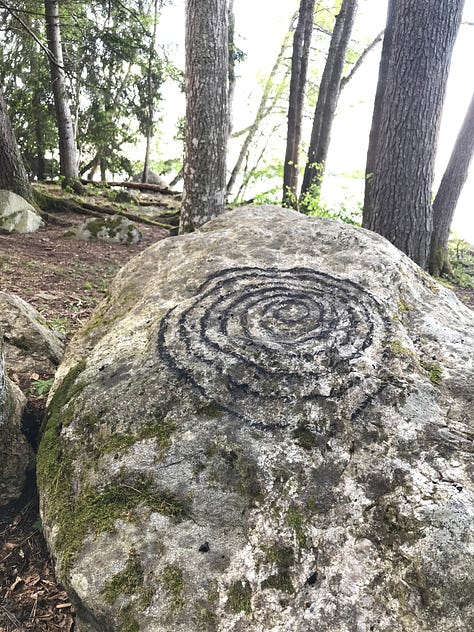


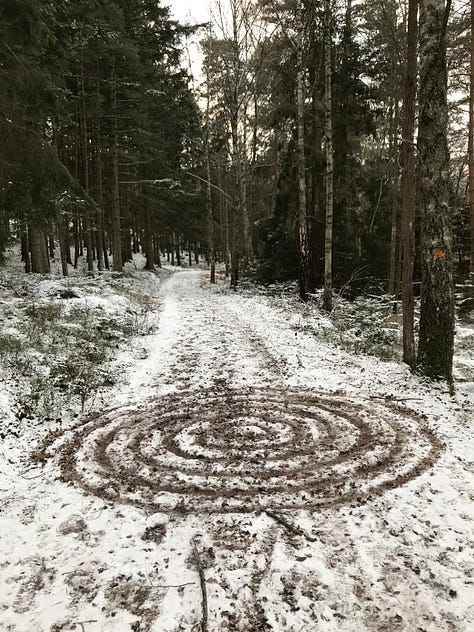


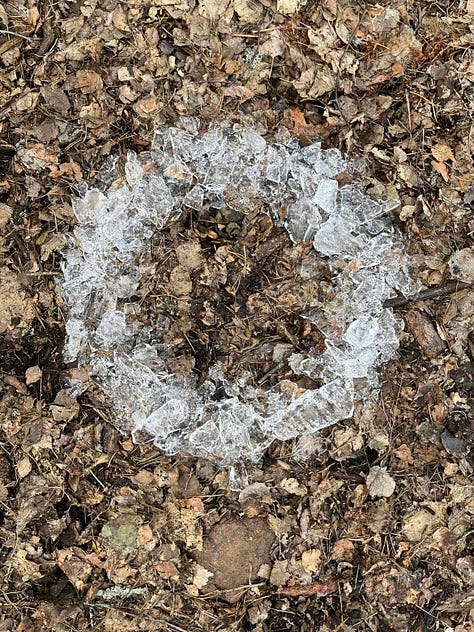
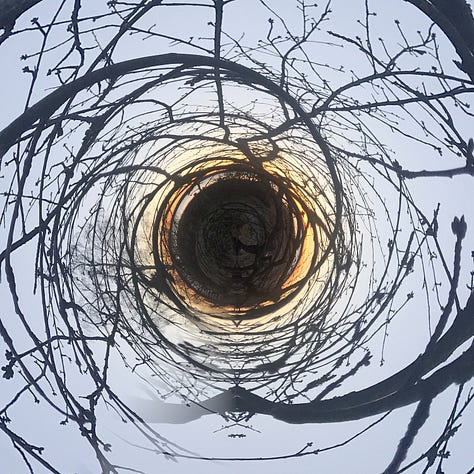
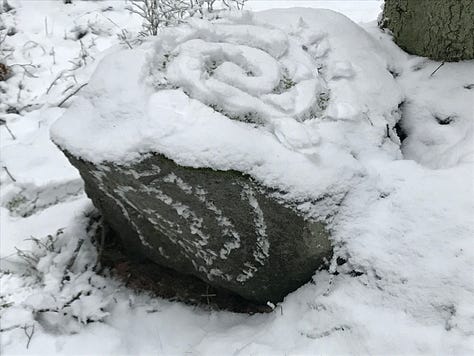




That makes me reflect on something that I have been observing in my group of children. I work with a Bush kindy group, and we are always outside listening and observing, exploring, and creating. Respect for the environment and a sense of wonder are part of our day. However, part of this group goes to a conventional school for several days. And these children are coming back with something missing. Reading our article makes me think that they are losing the ability to listen, the power of wonder, and the language of their surroundings.
Thank you for explaining this deeper level of play which we as adults have forgotten. The analogies really help me to deepen my understanding too.